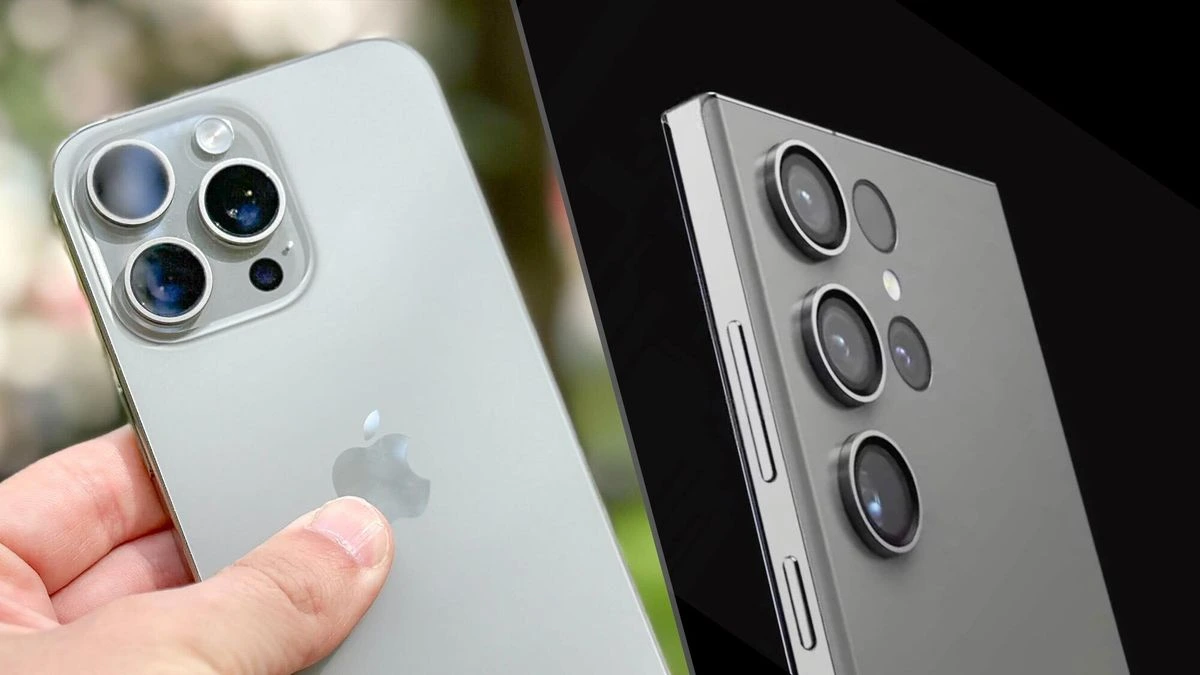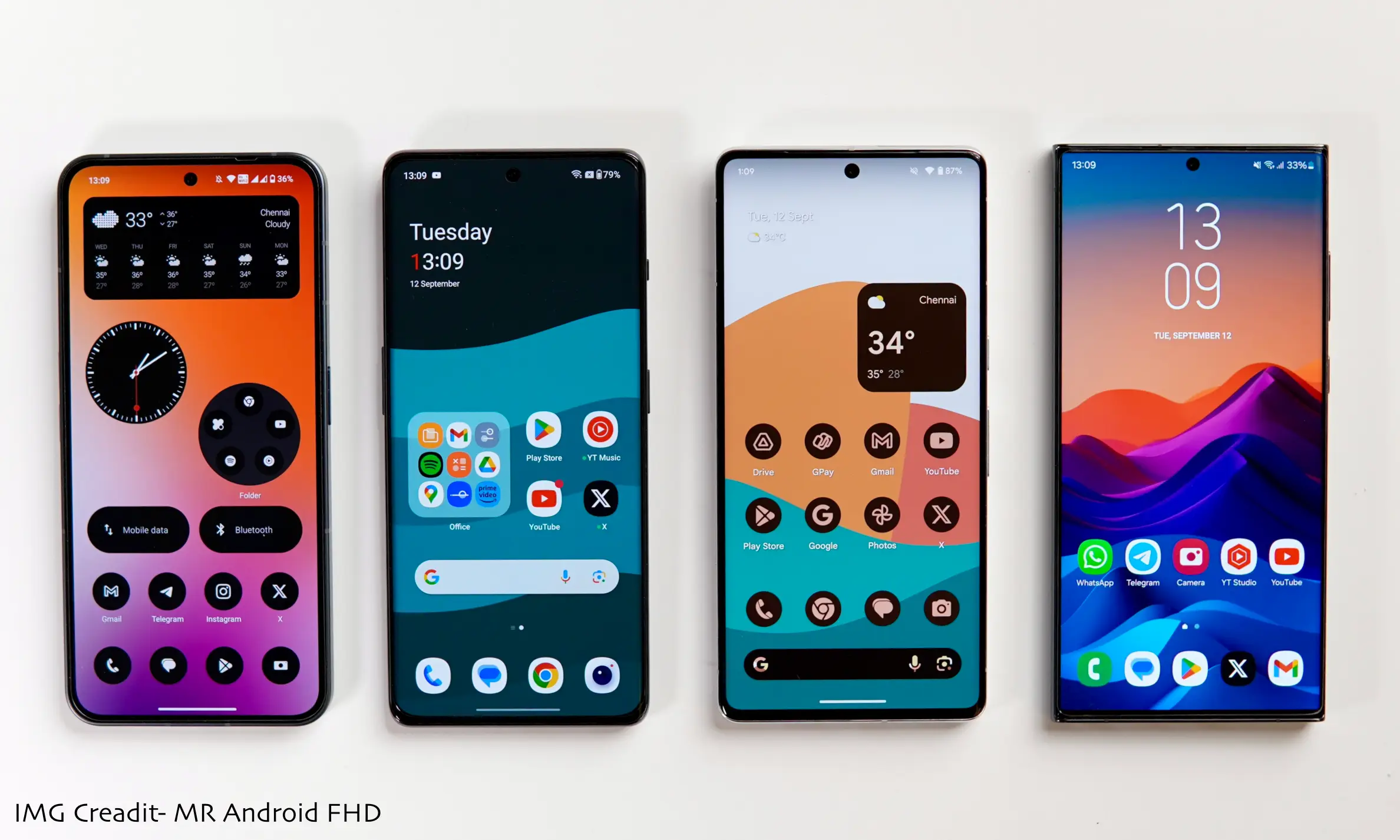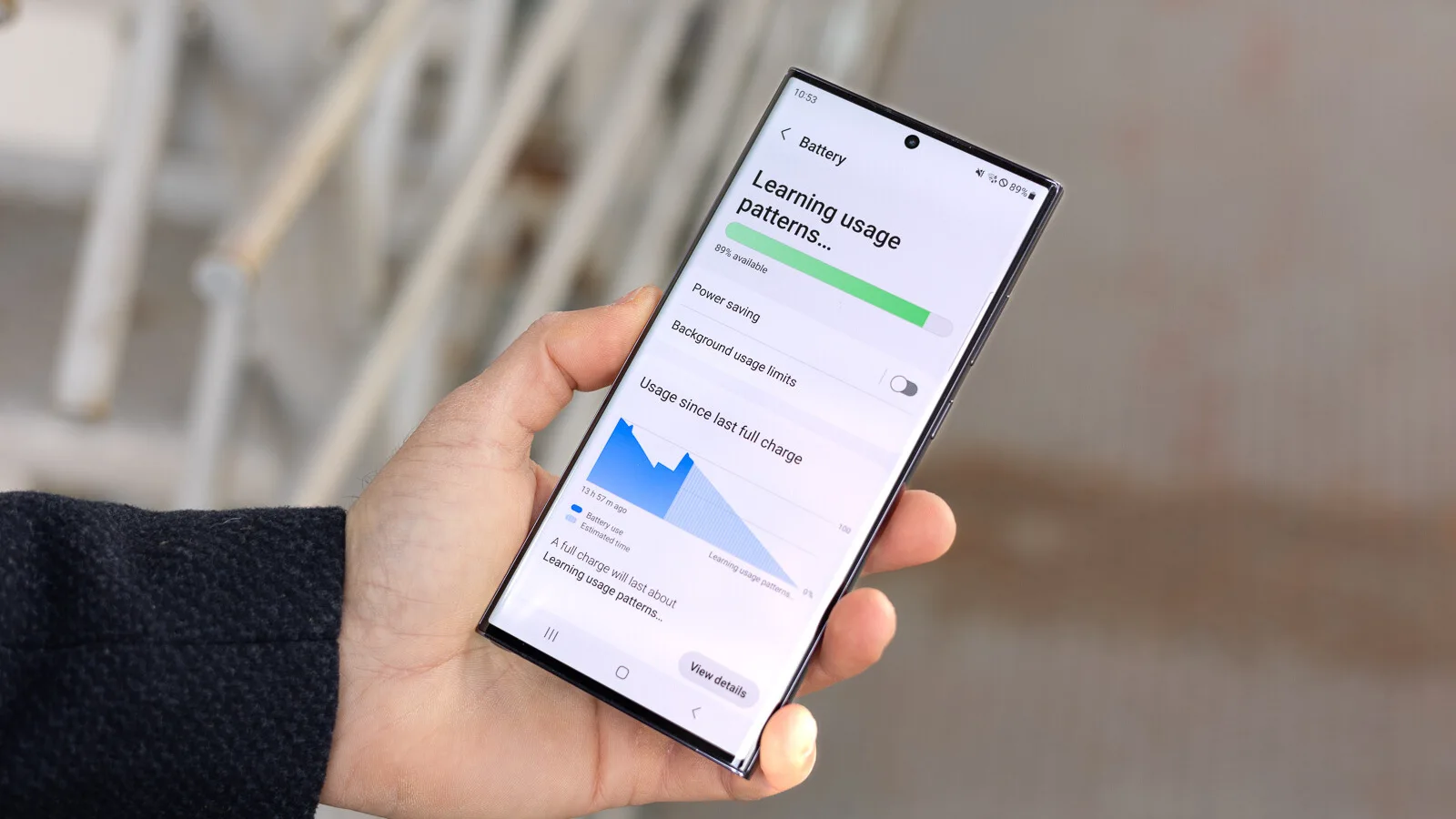Samsung
Samsung Explains Their Bold 7-Year Software Commitment

Samsung accepted the long-lasting seven-year software update policy and introduced the recently launched Galaxy S24 flagship series, and finally, the reason behind this acceptance is out now.
Samsung is not the first brand to bring seven years of software support policy since Google already promised seven years to the Pixel 8 series. However, with this support, users will experience an upgraded feel at least seven years after purchasing the device.
Samsung debuted the Galaxy S24 series on Android 14, One UI 6.1, and 7 years of software support, which means it will go up to Android 21.
Here’s the question: After Google, why did the Korean giants commit to 7 years of software support?
So the reporter from GSMArena is revealing that they got a chance to chat with Samsung VP Nicholas Porter, and on asking the reason behind this commitment, he stated that Samsung decided to go with the seven years of support, as their analysis of consumer feedback found that stretching out the support adds more value to a smartphone.
The Korean giant’s research realized that people usually stick with one smartphone for a long time, so somehow it makes sense that the brand stretched out the software update support. Also, the giants believe that even in the scenario where users wouldn’t care about the added support, they will benefit from the upgraded security and the flawless functionality and performance of their device for seven years.
Samsung
Samsung Stands Beside Apple In Customer Satisfaction

Samsung is back with a bang in the game as it regained the lost battle on the American Customer Satisfaction Index (ACSI).
The metrics reveal that Samsung not only won back the ground in customer satisfaction but also crossed over its biggest rival Apple in the latest American Customer Satisfaction Index. This is being speculated on by one of our colleagues.
ACSI stands for the American Customer Satisfaction Index, which is an annual report that evaluates consumer satisfaction and opinions on various products on the market. The index assigns scores to brands on a scale of 1 to 100 based on ratings from customers, which means that the higher the ACSI score, the higher the consumer satisfaction.
Since 2022, Apple has been in the top position; now, as per the metrics of recent customer satisfaction surveys, Apple and Samsung are tied for the top spot with a score of 82 out of 100. Finally, this year, Samsung has regained its leading position in the competition as it matches Apple’s score.
This means that Samsung users are quite satisfied with their products, as are Apple customers. The rest of the other OEMs, for instance, Motorola, have made an impressive boost of 3% from 75 in 2023 to 77 in 2024. However, Google’s score is a bit disappointing, as the brand saw a 1% decline in satisfying the consumer from 78 to 77.
These metrics are prepared based on what phone manufacturers show as improvements in customer satisfaction in areas such as video quality, battery life, and ease of phone calls. The ACSI also included mobile network operators (MNOs) in their report, and customer satisfaction was at its highest for AT&T, with the MNO scoring 76 out of 100, whereas customers were least satisfied with US Cellular and Verizon, with both scoring 74 out of 100.
Noticeably, AT&T raises the competition when it comes to customer satisfaction regarding call quality and network capability. Overall, MNOs saw an improvement in satisfaction in areas such as network coverage, mobile application quality, and call reliability.
Follow Sam Lover on Your Favorite Social Media Platforms
Samsung
Samsung smartphones available in the market with the highest SAR Values

The lower the SAR, the less radiation the smartphone emits! Here we are discussing the updated list of smartphones with the maximum SAR values.
We can’t neglect the fact that RF (radio frequency) waves are the basic need of smartphones to transmit and receive signals. Here, the term SAR stands for the Specific Absorption Rate, which is an estimate of how much radiation a phone emits, with a maximum acceptable value of 1.6 W/kg.
Here’s the question: RF waves are the source behind transmitting and receiving signals, but what if this radiation is harmful? The report from Stocklytics says that there’s a cause for concern that smartphone radiation might be going up, even though safety limits are in place.
As per the report, two Xiaomi phones are listed that consider high radiation levels, which are:
- The Mi A1 smartphone emits 1.75 W/kg at the ear and 0.76 W/kg at the body.
- The Mi Max 3 smartphone emits 1.58 W/kg at the ear and 1.42 W/kg at the body.
It is also reported that the Mi Max 3 5G variant also has similar ear radiation of approximately 1.59 W/kg but even higher body radiation at 1.56 W/kg.
Jumping on the Samsung Galaxy devices which are also on the list of remitting radiation –
- The Galaxy A23 5G allegedly reaches 1.5 W/kg at both the ear and body.
- Galaxy Z Fold 4 touches 1.30 W/kg at the ear and a maximum of 1.51 W/kg at the body.
- The Galaxy Z Fold 5 has 1.24 W/kg at the ear.
5G technology is also a concern since it uses a wider range of frequencies, which might lead to maximum radiation emissions from smartphones. However, it appears that regulators are paying attention to this and are expected to impose stricter limits on radiation output soon.
Luckily, here are some smartphone devices with fewer emissions:
Google Pixel 3a and Pixel 4a emit 1.36–1.39 W/kg at the ear, and the iPhone 7 series emits 1.36–1.39 W/kg at the ear, whereas the Galaxy Note 10, Galaxy A55, and Galaxy A35 series, and Xiaomi Redmi 5A and Note 7 Pro all have relatively low SAR values.
You can easily reduce exposure to smartphone radiation by some precautions; for instance, during calls you can use a wired headset or speakerphone to keep your phone away from your head, and it is also a recommended idea to keep your phone on airplane mode when signals are weak as the device tends to effuse higher radiation to connect to distant antennas.

Follow Sam Lover on Your Favorite Social Media Platforms
Samsung
Samsung To Announce ‘Battery AI’ Ahead Of Galaxy S25 and One UI 7

Samsung is actively building up to expand the versatility of Galaxy AI, and now a new novelty is appearing standing on the door named ‘Battery AI’, expected to arrive on older models ahead of the Galaxy S25 series.
The Samsung Galaxy S25 series is next in line to debut in early 2025, and previously it was reported that it would bring no battery change but is expected to introduce a novelty called ‘Battery AI’ which will use artificial intelligence to add an extra 5% to 10% runtime to the battery life.
Now the reports take a U-turn as recent rumors unveiled that Samsung could introduce a battery AI feature before the Galaxy S25 lineup launch. By this point, it appears that it will be supported on older models. The reason behind this change appears to be that Samsung is addressing battery life complaints with its foldable Galaxy Z Flip models. The current foldable flagship Galaxy Z Flip 5 has a tiny battery because of space limitations; that’s why the giant is using a battery AI to improve battery life.
This is being speculated on by a report by PandaFalsh on X. If the reports are to be believed, the Galaxy Z Fold 6 will arrive with battery AI, which would boost the battery life by up to 30 minutes. Apart from this, Samsung is also expected to bring the Galaxy Z Flip 6 and Galaxy Z Fold 6 in both the Exynos 2400 and Snapdragon 8 Gen 3 versions of its more affordable foldable handset.
However, here’s the strange fact that Battery AI will only launch for one model but not for the Galaxy Z Fold 6, especially because the device with the smaller capacity asks for this feature the most. Somewhere, this feature is also expected to be available on all Galaxy devices, not just the tiny battery ones.
Follow Sam Lover on Your Favorite Social Media Platforms












